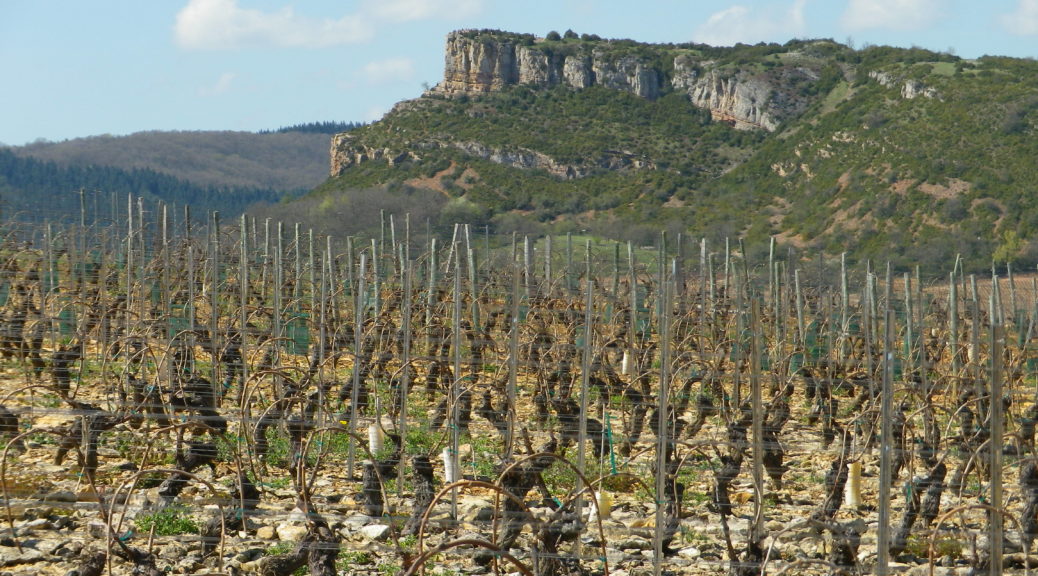One of my favorite white wines is Pouilly-Fuisse, one of France’s well-known appellations. It lies in Burgundy, not too far south from the famous Cote d’Or with its own many fine appellations. Early in my wine-drinking career, I often confused that wine name with Pouilly-Fume. Therefore, I decided to get a closer look, since visually, there would inevitably be cues to keep the two villages, and hence the two wines, apart in my mind.
The Pouilly-Fuisse hike I completed was just that – a walk between and around the tiny villages of Pouilly and Fuisse. The trail name said it all: Entre Pouilly et Fuisse (Between Pouilly and Fuisse), and it provided a great opportunity to see both villages up close.
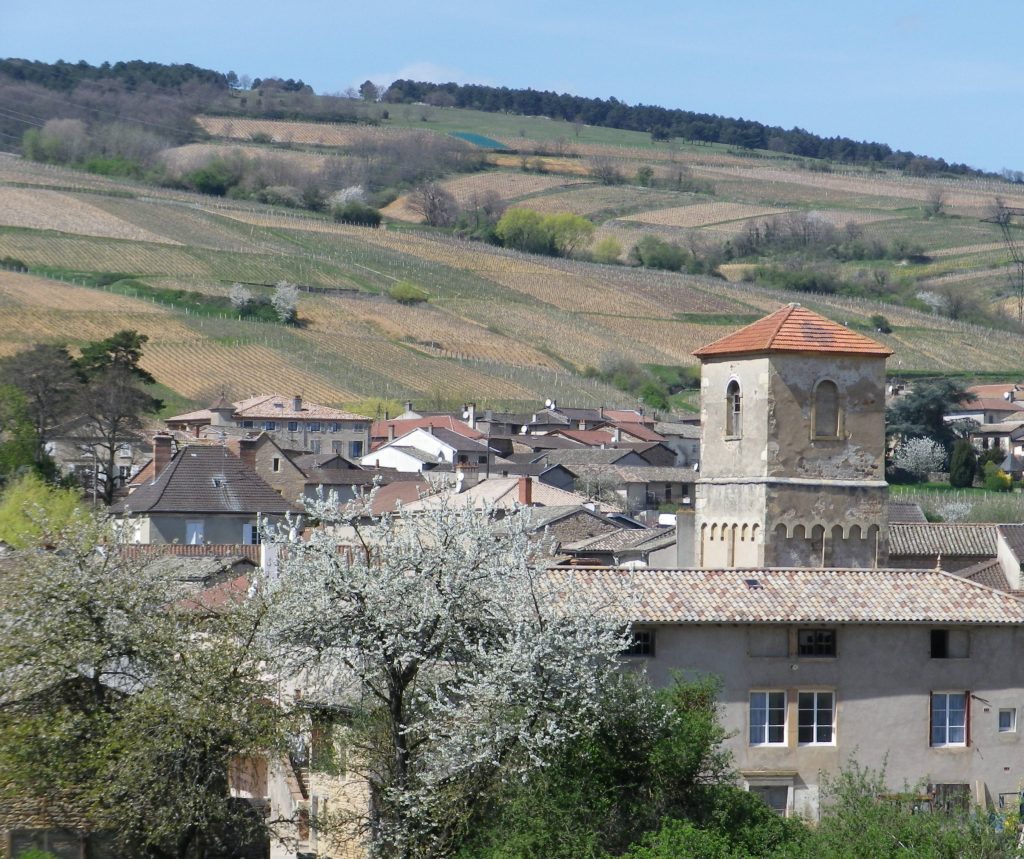
I began the trail in the center of the languorous village of Fuisse, sleeping peacefully in post-prandial bliss on a Sunday afternoon. The quiet village, awash in the golden light of sun-kissed, ancient stone buildings, seemed timeless, almost in a frozen-in-time pose. This is a much quieter region than its northern counterparts on the Cotes d’Or, being much less frequented by visitors.
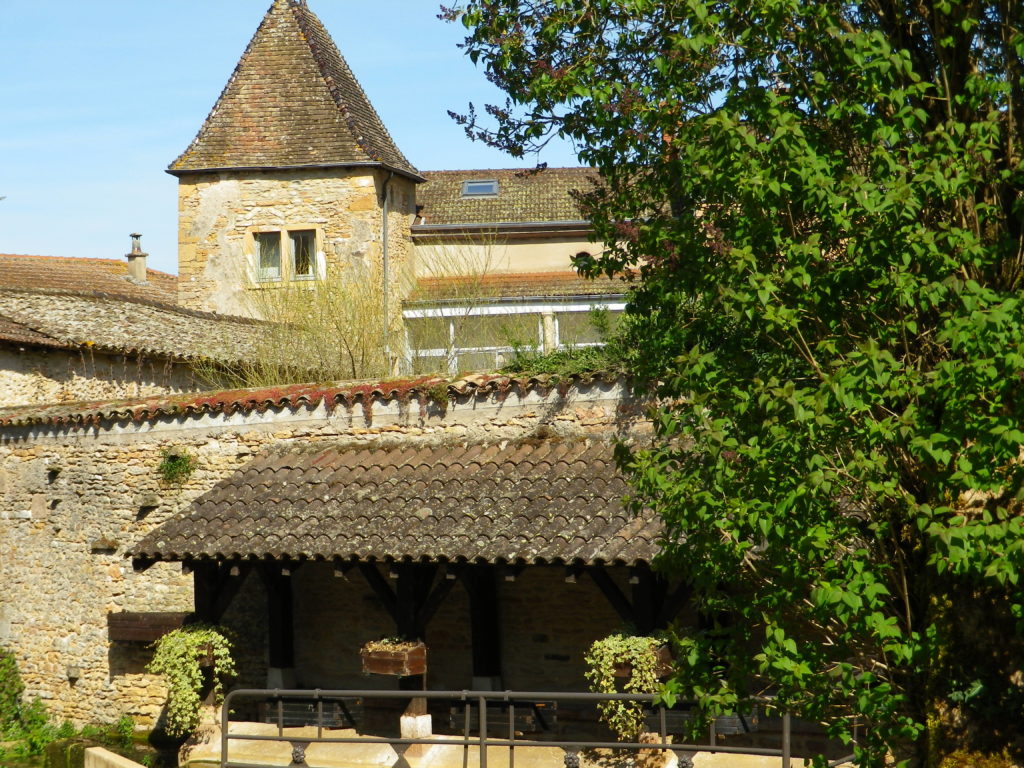
Within minutes from the start, the trail reaches the hillsides, covered in vines. This being Burgundy, they were covered in Chardonnay vines, as that is the grape that produces Pouilly-Fuisse. As the trail climbed higher, it reached a wood on ridge above the village. Once through this shady interlude, the vineyards began again, a veritable sea of vineyards cresting over a hill. I followed them to the top of the ridge.
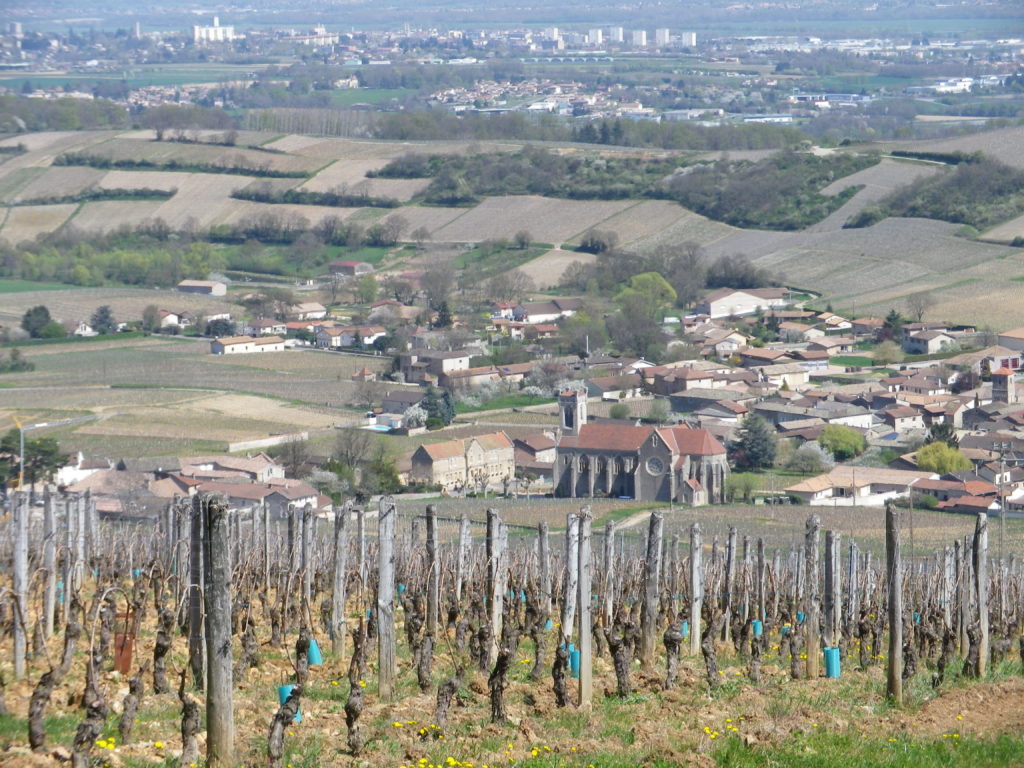
From here, the high point of the trail, there is a fantastic view of vines stretching to the Rock of Solutre. From this perspective, its sharply-delineated, unforgettable rock-face traced a razor-sharp profile against an almost cloudless sky.
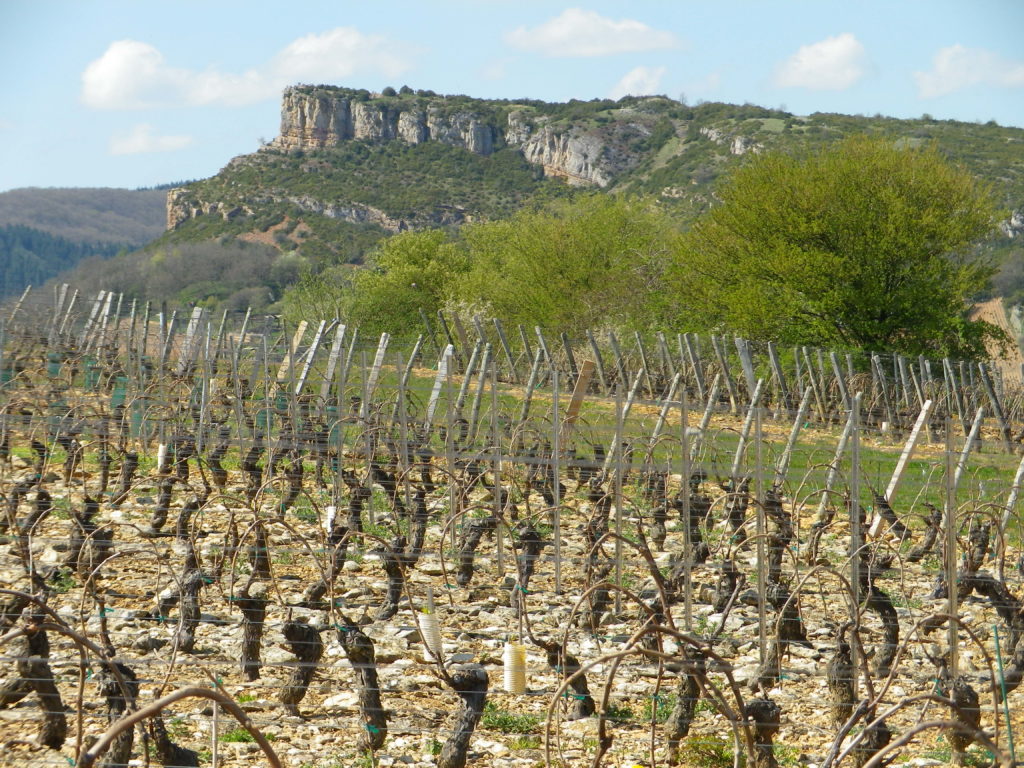
Solutre is the village beneath the cliff. The cliff-face, and the rocky terrain beneath it, bear witness to the fact that it once formed part of an ancient seabed. Billions of trillions of tiny marine creatures fossilized on the seabed thereby creating the soil bed that now supports the vines. This unique geology imparts a distinctive flavor to the wines produced from the vineyards here. Solutre also hosts a famous prehistoric archeological site, going back to the days 20,000 years ago when hunter-gatherers killed wild game here with their elegantly crafted arrowheads, known now as Solutrean arrowheads. In more recent times, the inhabitants switched from hunting to planting vines. These are quite visible from the trail as they rise up the slopes heading to the Rock. These vines come under the Pouilly-Fuisse wine appellation. Solutre incorporated the nearby village of Pouilly last century. So, the name Solutre-Pouilly refers to the two villages. However, the great Chardonnay wines are known simply as Pouilly-Fuisse.
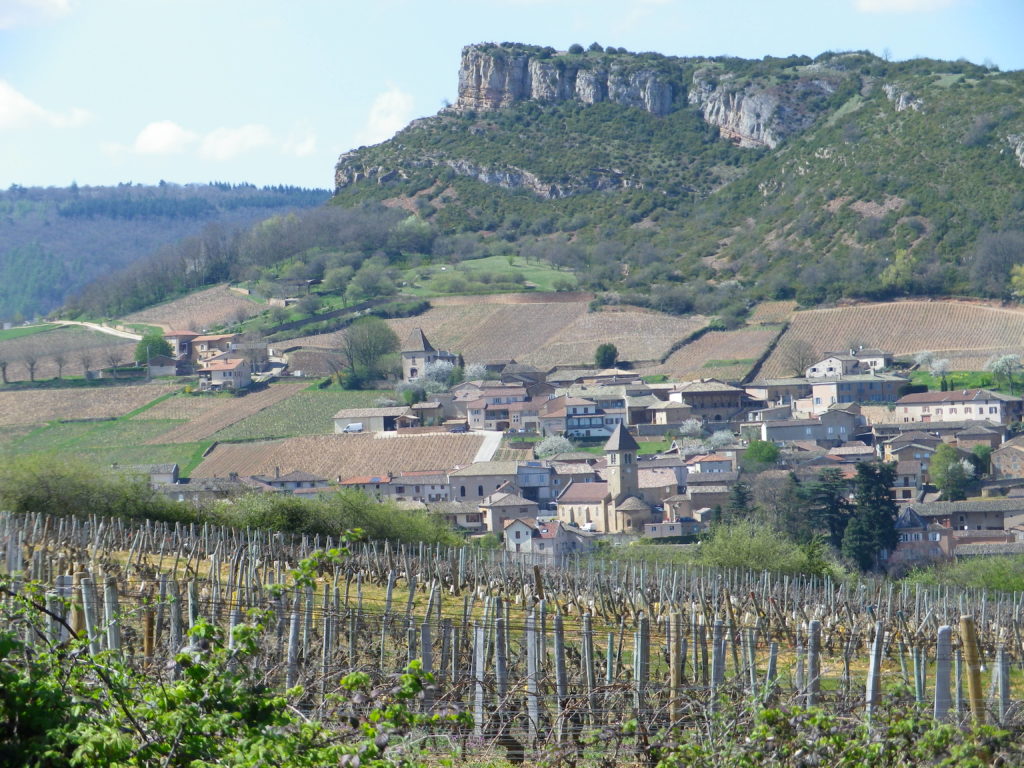
Pouilly was just coming to life as I walked down the ridgeline and into it. Families were coming out for walks through the vineyards. This village is smaller than Fuisse. But like its neighbor, it has a modest castle made of the same creamy stone. Nowadays the castle is a working winery.
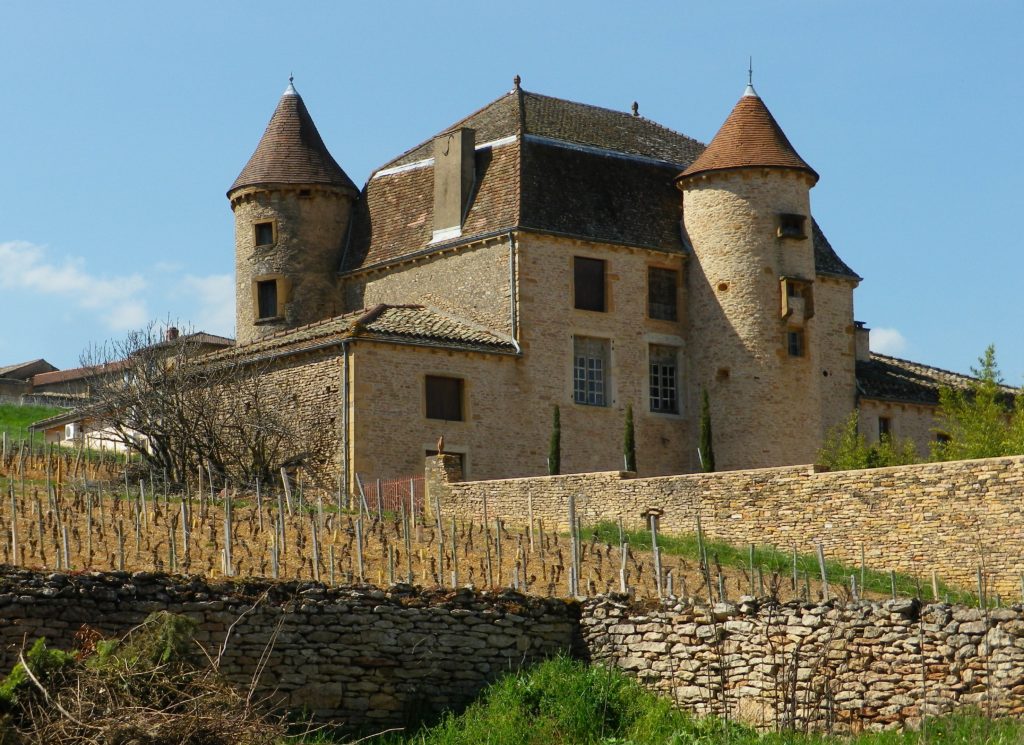
Heading back to Fuisse, over a modest ridge, I completed the short section through vineyards and the lower part of the village. As the trail reached the village center, I walked a bit further to the parish church to get some photographs. At that moment, and from that perspective, I noticed how perfectly Fuisse set in a natural bowl: A perfect garden for vines with a man-made jewel in the center.
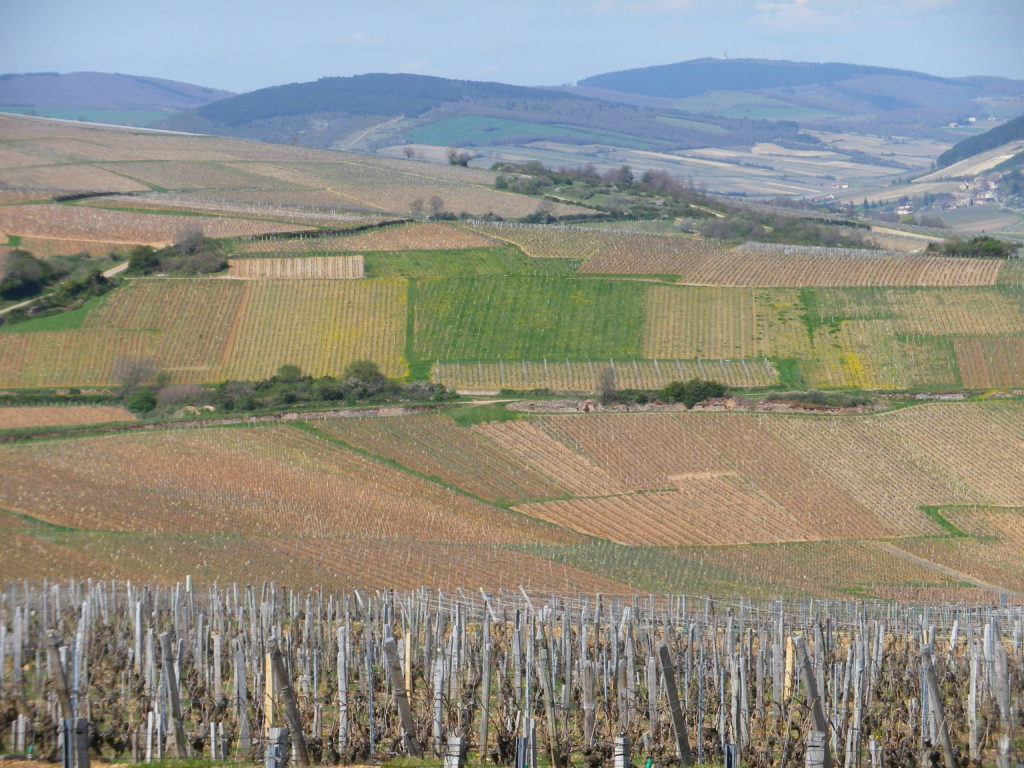
From under the sea, to under a sea of vines, hiking along this trail provides a walk through prehistory, history and today’s AOC terroir. The natural and quiet beauty of this gentle area, aging so gracefully over the thousands of millennia, impressed me, and imparts the same characteristics to its wines. And this is how I will forever distinguish the wines from this Pouilly from the other.
